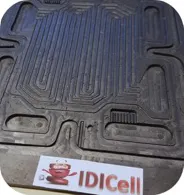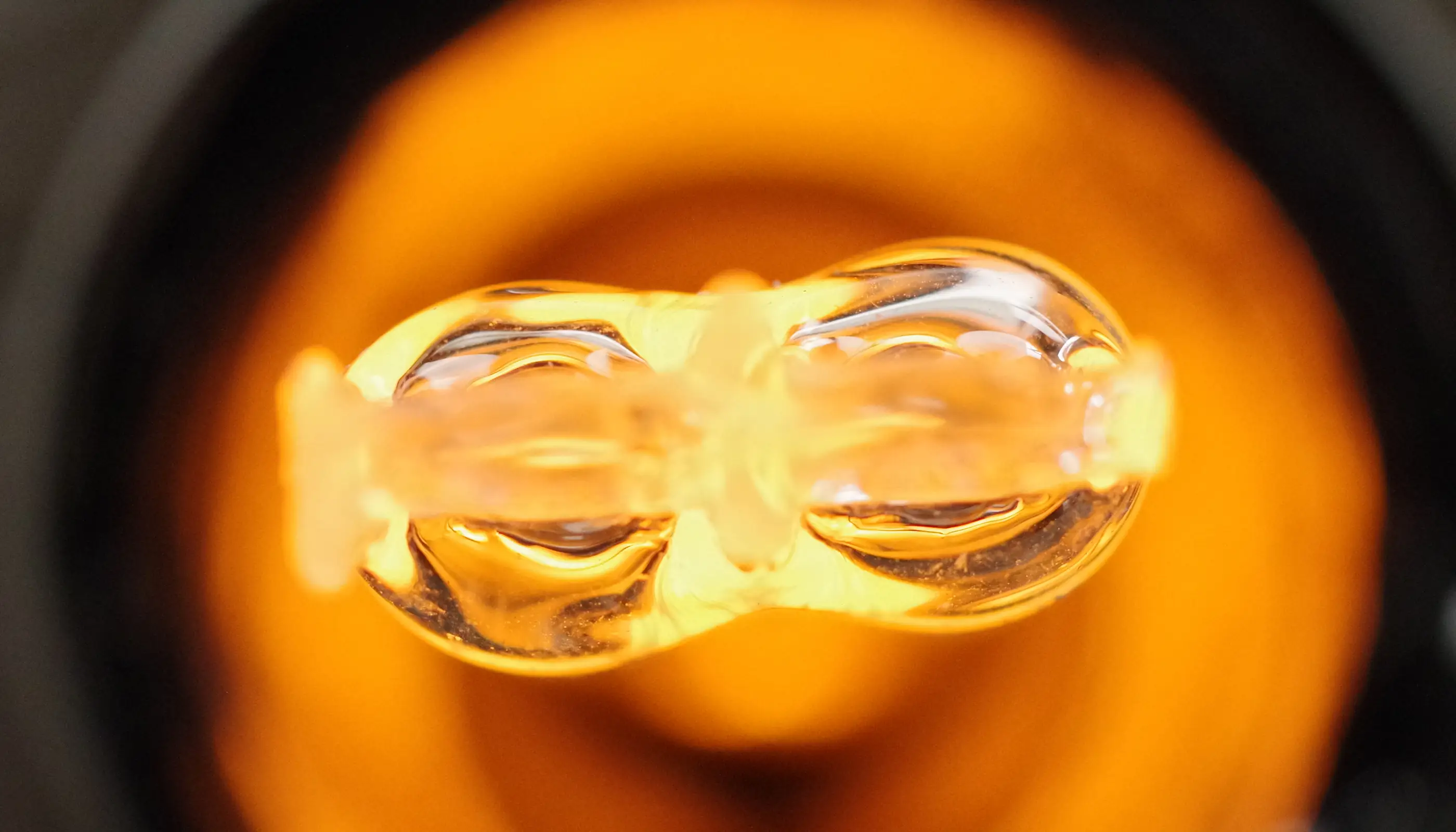
New conductive composites with thermosetting matrices and carbonaceous and/or metallic fillers
The aim of the project is to develop innovative formulations of conductive composites, combining styrene-free thermosetting matrices and new conductive carbon or metal fillers. These new composite formulations will enable the manufacture of bipolar plates, the building blocks of fuel cells, in compliance with future environmental and health protection standards.
Thermosetting matrix composites for bipolar plates
In the context of new energy sources applied to transport, fuel cells represent a very realistic alternative to thermal and electric motors. Its main advantage is that it causes no pollution. Manufacturing the bipolar plates used in the fuel cell requires the use of expensive or heavy materials. The use of conductive composites with thermosetting matrices seems an interesting alternative. Initial formulations incorporate styrene solvent resins, a compound classified as CMR. The aim of the project is to propose a composite formulation incorporating a styrene-free resin.
A project with many challenges
This study is both:
- Fundamental, with the nanometric-scale dispersion of carbonaceous fillers of various kinds in a polymer matrix;
- Economic, with the development of new products to access new markets
- Ecological, with the substitution of harmful products in the production chain and the development of materials used in the production of low-carbon energy.
Academic laboratories
ICMN - CNRS / University of Orléans
CEMHTI – CNRS
PCM2E – University of TOURS
Industrial partner
IDI composites international, Vineuil (41)
Funding
226k€ over 3 years
from regional funds (ARD CVL)
Recruitment
Design engineer (18 months)
Temporary teaching and research associate
Master's trainees
Contact
Nathalie Mathieu nathalie.mathieu@univ-orleans.fr


